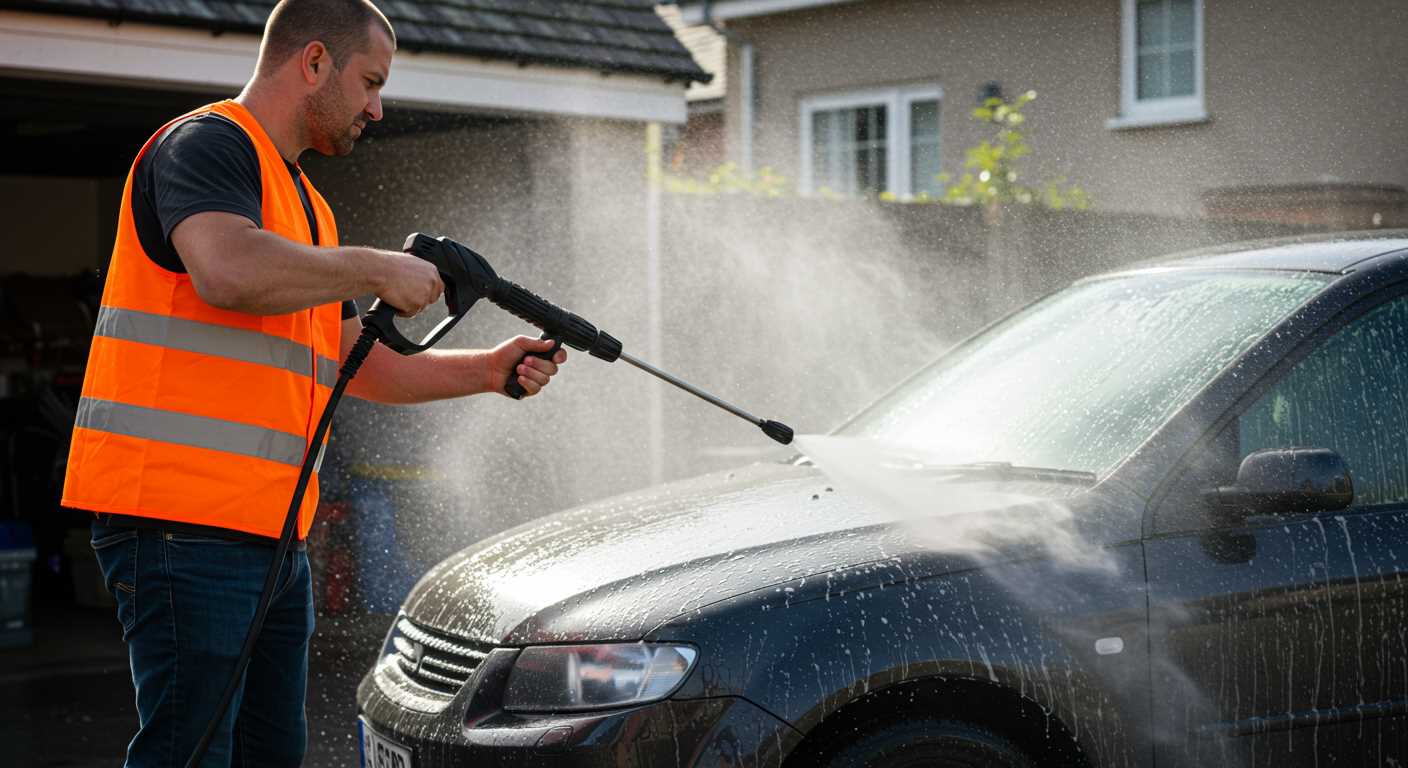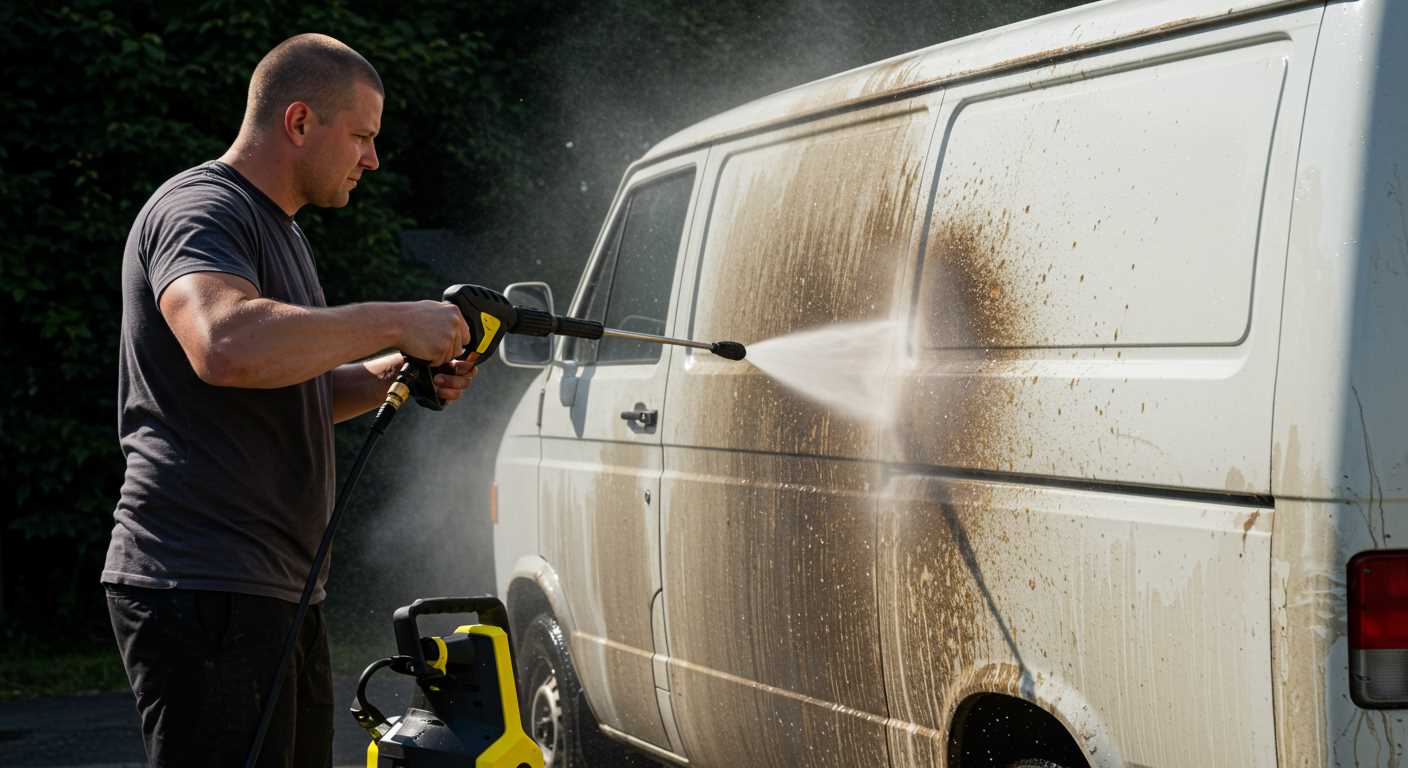

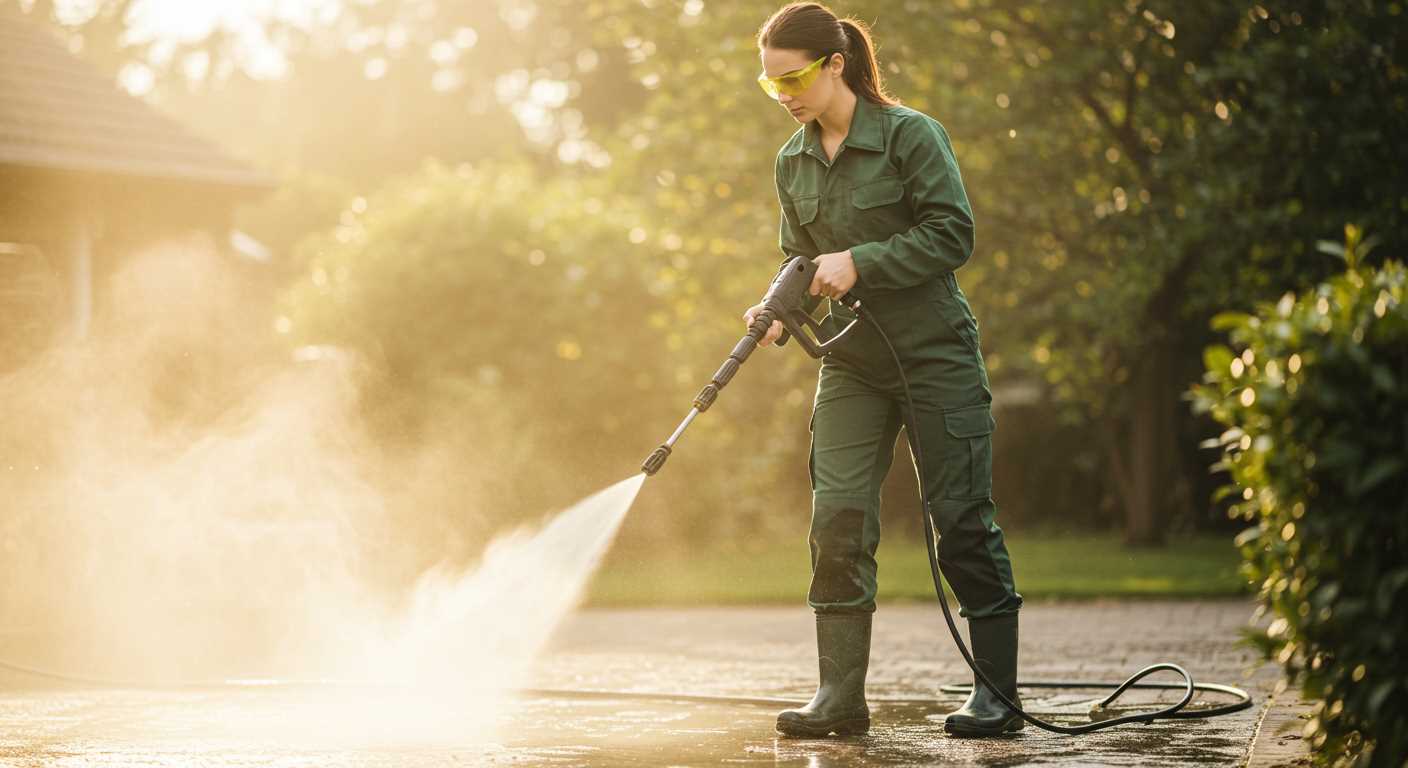
When it comes to maintaining the exterior of my home, one of the most effective tools in my arsenal is a pressure washer. However, the effectiveness of this tool largely depends on the nozzle I choose to use. In this article, I will delve into the best pressure washer nozzles specifically designed for cleaning siding, ensuring that I can tackle dirt, grime, and mildew with ease.
This article is tailored for homeowners and DIY enthusiasts who are eager to enhance their home’s curb appeal without spending a fortune on professional cleaning services. I will explore various types of nozzles, their specific applications, and how they can make the cleaning process more efficient and effective. Whether you’re dealing with vinyl, wood, or aluminium siding, there’s a nozzle that suits your needs.
Throughout the article, I will provide insights into the different spray patterns, the importance of pressure settings, and recommendations for the best nozzle options available on the market. By the end, you’ll have a clear understanding of which nozzle to choose for optimal siding cleaning, helping you to restore your home’s exterior to its former glory.
Understanding Different Nozzle Types for Siding Cleaning
When it comes to cleaning siding, choosing the right pressure washer nozzle is essential for achieving optimal results without causing damage. Different nozzle types vary in spray patterns and pressure, making them suitable for various cleaning tasks. Understanding these differences can help you select the most appropriate nozzle for your specific siding material and cleaning needs.
Pressure washer nozzles typically come in four standard colours, each indicating a different spray angle. The right angle can significantly impact the effectiveness of your cleaning efforts, as well as the safety of your siding.
Types of Nozzles
- 0-Degree Nozzle: This nozzle delivers a concentrated, high-pressure stream, making it ideal for tough stains. However, it should be used with caution, as it can potentially damage softer siding materials.
- 15-Degree Nozzle: Offering a wider spray pattern, this nozzle is effective for removing dirt and grime from more resilient surfaces, but still requires careful handling to avoid damage.
- 25-Degree Nozzle: A versatile option, this nozzle is suitable for general cleaning tasks and is safe for a variety of siding materials.
- 40-Degree Nozzle: This nozzle produces a gentle spray, making it ideal for delicate surfaces, such as painted or vinyl siding.
In addition to the angle, consider the pressure settings of your pressure washer. Some siding materials, like wood, may require lower pressures to avoid damage, while others, such as brick or concrete, can withstand higher pressures. Always test a small, inconspicuous area first to ensure compatibility.
Choosing the right nozzle is crucial for effective siding cleaning. By understanding the different types and their applications, you can ensure a thorough cleaning while maintaining the integrity of your siding.
Choosing the Right Spray Pattern for Your Siding Material
When it comes to cleaning your home’s siding, selecting the appropriate spray pattern is crucial for achieving the best results without causing damage. Different siding materials, such as vinyl, wood, and aluminium, each require a specific approach to ensure effective cleaning while preserving the integrity of the surface.
Understanding the characteristics of your siding material will help you determine the most suitable spray pattern. For instance, softer materials like wood may require a gentler approach, while more durable surfaces, such as vinyl, can withstand higher pressures.
Factors to Consider
- Material Type: Different siding materials have varying levels of durability and susceptibility to damage. Choose a spray pattern that complements the specific material.
- Pressure Settings: Adjusting the pressure along with the spray pattern can enhance cleaning efficiency. Higher pressure may be suitable for tougher stains, while lower pressure is better for delicate surfaces.
- Distance from Surface: Maintaining the correct distance when applying the spray can prevent damage. Closer distances generally require a wider spray pattern to distribute force evenly.
For vinyl siding, a fan spray pattern can effectively remove dirt without causing harm. Conversely, wood siding benefits from a wider spray pattern at a greater distance to avoid gouging the surface. Understanding these nuances will lead to a more effective cleaning strategy.
In conclusion, taking the time to choose the right spray pattern based on your siding material is essential for maintaining its appearance and longevity. Proper selection can result in a clean finish while avoiding unnecessary damage, ensuring your home looks its best.
Effective Pressure Settings for Siding Care
Maintaining the exterior of your home is essential for both aesthetic appeal and longevity. When it comes to cleaning siding, using the correct pressure settings on your pressure washer can make a significant difference. Too much pressure can damage the siding material, while too little may not effectively remove dirt and grime. Understanding the appropriate settings can help ensure a thorough yet safe cleaning process.
Different types of siding materials require varying pressure levels to avoid damage. For instance, vinyl siding can typically withstand higher pressure than wood siding. It’s important to assess the condition and type of siding before proceeding. Additionally, using the right nozzle and technique can further enhance the cleaning results.
Recommended Pressure Settings
Here are some effective pressure settings to consider based on common siding materials:
- Vinyl Siding: A pressure setting between 1200 to 1500 PSI is generally effective. This range is sufficient to remove dirt without compromising the material’s integrity.
- Wood Siding: For wood, lower pressure settings of around 800 to 1200 PSI are advisable. This helps prevent splintering and damage to the wood grain.
- Aluminium Siding: Similar to vinyl, aluminium can handle pressures around 1200 to 1500 PSI. However, caution is still necessary to avoid denting.
- Stucco Siding: With stucco, a pressure setting of about 1000 to 1200 PSI is recommended to clean effectively while preserving its texture.
Always remember to start with the lowest pressure setting and gradually increase it if necessary. This cautious approach will help you determine the safest and most effective pressure for your specific siding type. Additionally, maintaining a distance of at least 2 feet from the surface while washing can prevent damage.
Compatibility of Nozzles with Various Pressure Washer Models
When selecting the best nozzle for washing siding, it’s essential to consider the compatibility with your pressure washer model. Different pressure washers can have varying fittings and performance specifications, which can impact the effectiveness of the nozzle. Understanding these differences can help you achieve optimal cleaning results without damaging your siding.
Most pressure washer nozzles are designed to fit a range of models, but not all nozzles will work seamlessly with every unit. Factors such as the nozzle’s size, the type of attachment mechanism, and the pressure ratings are crucial in determining compatibility. It is advisable to consult the manufacturer’s guidelines to ensure that the nozzle you choose will function correctly with your specific pressure washer.
Key Considerations for Nozzle Compatibility
- Fitting Size: Nozzles come in various sizes; it’s important to match the fitting of the nozzle with your pressure washer’s wand.
- Pressure Rating: Ensure that the nozzle can handle the pressure output of your washer to prevent damage or ineffective cleaning.
- Attachment Type: Some nozzles are equipped with quick-connect fittings, while others may require screw-on attachments.
- Spray Patterns: Different nozzles offer various spray angles, which can affect cleaning efficacy. Choose one that suits your siding material.
Ultimately, ensuring compatibility between the nozzle and your pressure washer is vital for achieving the best cleaning results. Taking the time to verify specifications can save you from potential issues and enhance the performance of your cleaning tasks.
Maintenance Tips for Prolonging Nozzle Lifespan
Maintaining your pressure washer nozzle is essential for ensuring its longevity and optimal performance. Regular care not only enhances the efficiency of your cleaning tasks but also prevents costly replacements. Understanding how to properly maintain your nozzle can save you time and money in the long run.
One of the key aspects of nozzle maintenance is regular cleaning. Over time, debris and mineral deposits can accumulate, obstructing the nozzle and affecting its spray pattern. A simple routine can help keep your nozzle in top condition.
Cleaning and Inspection
To effectively clean your nozzle, follow these steps:
- Detach the nozzle: Always ensure the pressure washer is turned off and disconnected from the power source before detaching the nozzle.
- Flush with water: Use a garden hose to flush out any debris from the nozzle. This helps remove loose particles that may be causing blockages.
- Use a soft brush: For stubborn deposits, gently scrub the nozzle with a soft brush. Avoid using metal tools that could damage the nozzle.
- Inspect for wear: Regularly check the nozzle for signs of wear or damage. Look for cracks or deformations that may affect performance.
Additionally, storing your nozzle properly can significantly extend its life. After each use, ensure that it is dried completely to prevent rusting or corrosion. Consider keeping it in a protective case or a designated spot to avoid accidental damage.
Seasonal maintenance is also important. Before the first use of the season, perform a thorough inspection and clean to ensure everything is functioning properly. This proactive approach can help identify potential issues before they become serious problems.
By implementing these simple maintenance tips, you can prolong the lifespan of your pressure washer nozzle and maintain its efficiency for all your cleaning tasks.
Top Recommendations for Pressure Washer Nozzles in Siding Cleaning
When it comes to cleaning your siding effectively, choosing the right pressure washer nozzle is crucial. The right nozzle can make all the difference in achieving a thorough clean without damaging the surface. In this section, we will summarise the top recommendations for pressure washer nozzles specifically designed for siding cleaning.
Whether you have vinyl, wood, or aluminium siding, selecting the appropriate nozzle will ensure optimal results. Below are our top picks, taking into consideration factors such as cleaning power, versatility, and safety for various siding materials.
- 0-degree nozzle: Ideal for tough stains and grime, but should be used with caution on sensitive surfaces.
- 15-degree nozzle: Great for heavy-duty cleaning while providing a wider spray pattern than the 0-degree nozzle.
- 25-degree nozzle: This is the most versatile option, suitable for general cleaning tasks on various siding types.
- 40-degree nozzle: Perfect for delicate surfaces and rinsing, providing a gentle spray that won’t damage the siding.
- Soap nozzle: Designed specifically for applying detergent, making it easier to break down dirt and grime before rinsing.
Ultimately, the best pressure washer nozzle for your siding cleaning needs will depend on the specific type of siding and the level of cleaning required. Always remember to test a small area first and adjust the distance and pressure as needed to avoid causing any damage.
Top 10 Best Pressure Washer Nozzle For Siding


Best Pressure Washer Nozzle For Siding
Features
| Part Number | RY31RN01 |
| Model | #RY31RN01 |
| Color | Green |
Features
| Model | 7abd6aa0-b969-404f-a9df-c10d65f4cb7d |
| Color | Silver |
Video:
FAQ:
What type of nozzle is best for cleaning siding with a pressure washer?
The best type of nozzle for cleaning siding is typically the 25-degree nozzle. This nozzle provides a good balance between power and coverage, allowing you to effectively remove dirt and grime without damaging the siding material. For tougher stains, you might consider a 15-degree nozzle, but it’s important to test on a small area first to avoid potential damage.
Can I use a turbo nozzle on my siding?
While a turbo nozzle can be effective for many cleaning tasks, it is generally not recommended for siding. The concentrated spray can damage softer siding materials, such as vinyl or wood. If you choose to use a turbo nozzle, ensure you maintain a safe distance and test it on an inconspicuous area first.
How do I determine the right pressure setting for washing my siding?
The right pressure setting for washing siding largely depends on the material. For vinyl siding, a setting between 1300 to 1600 PSI is usually sufficient. Wood siding often requires a lower setting, around 1000 to 1200 PSI, to prevent damage. Always start with a lower pressure and gradually increase it if necessary, while monitoring the results closely.
Is it necessary to use soap or detergent when pressure washing siding?
Using soap or detergent can significantly enhance the cleaning process, especially for siding with heavy stains or mildew. A dedicated pressure washer detergent will help break down grime and allow for easier rinsing. However, if the siding is only lightly soiled, you may be able to achieve satisfactory results using just water, especially with the right nozzle.
How far should I hold the pressure washer nozzle from the siding?
It is generally recommended to hold the pressure washer nozzle about 2 to 3 feet away from the siding. This distance helps to prevent damage while still allowing for effective cleaning. If using a more powerful nozzle or if the siding is particularly dirty, you may need to adjust your distance accordingly and test the spray on a small area first.

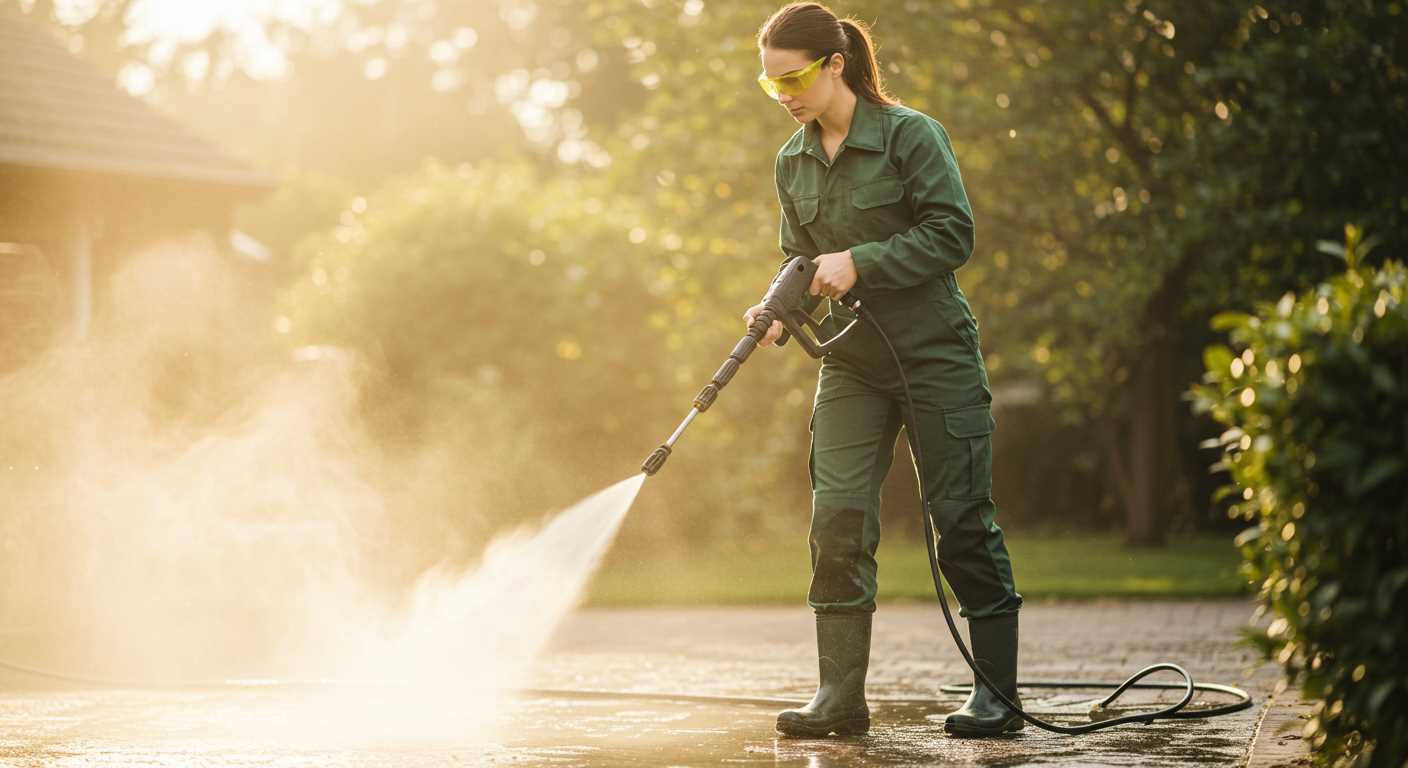

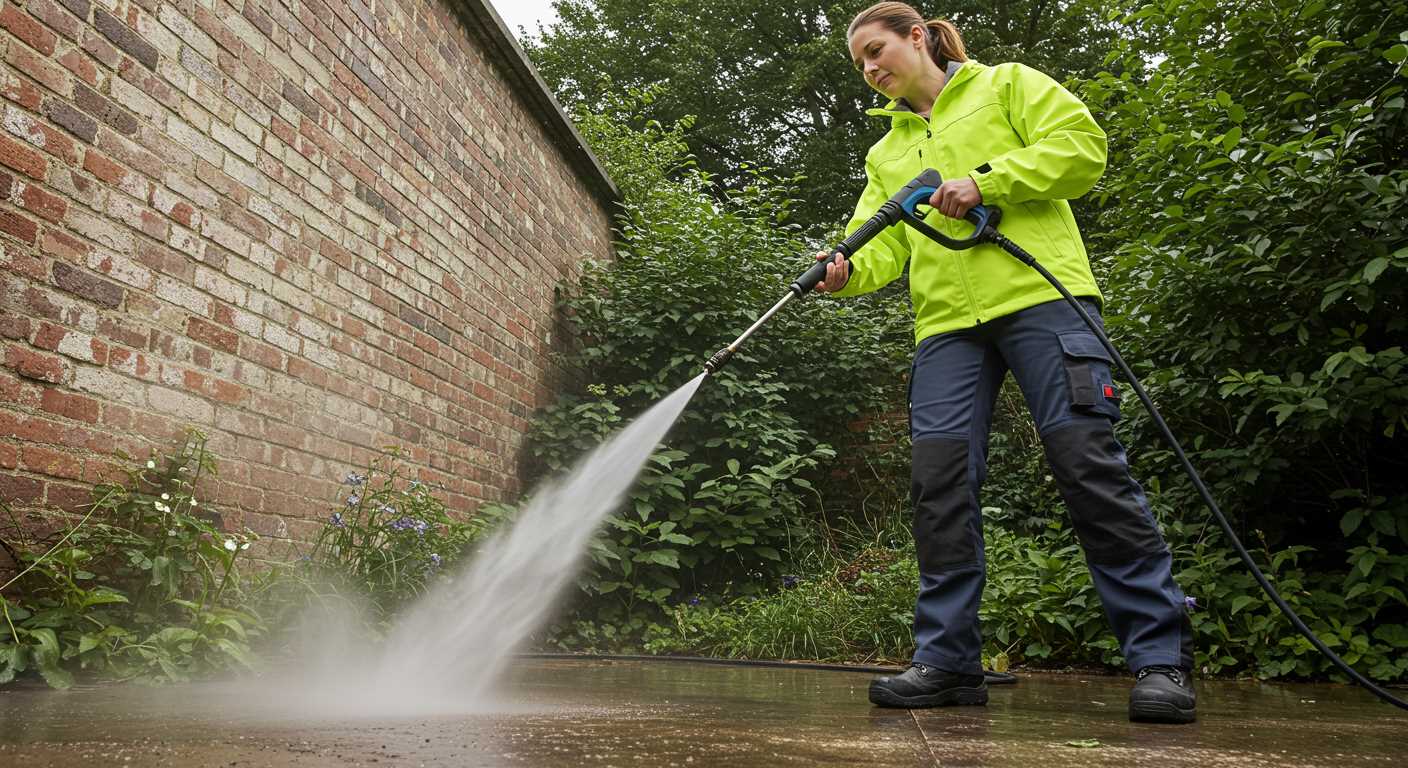
.jpg)
